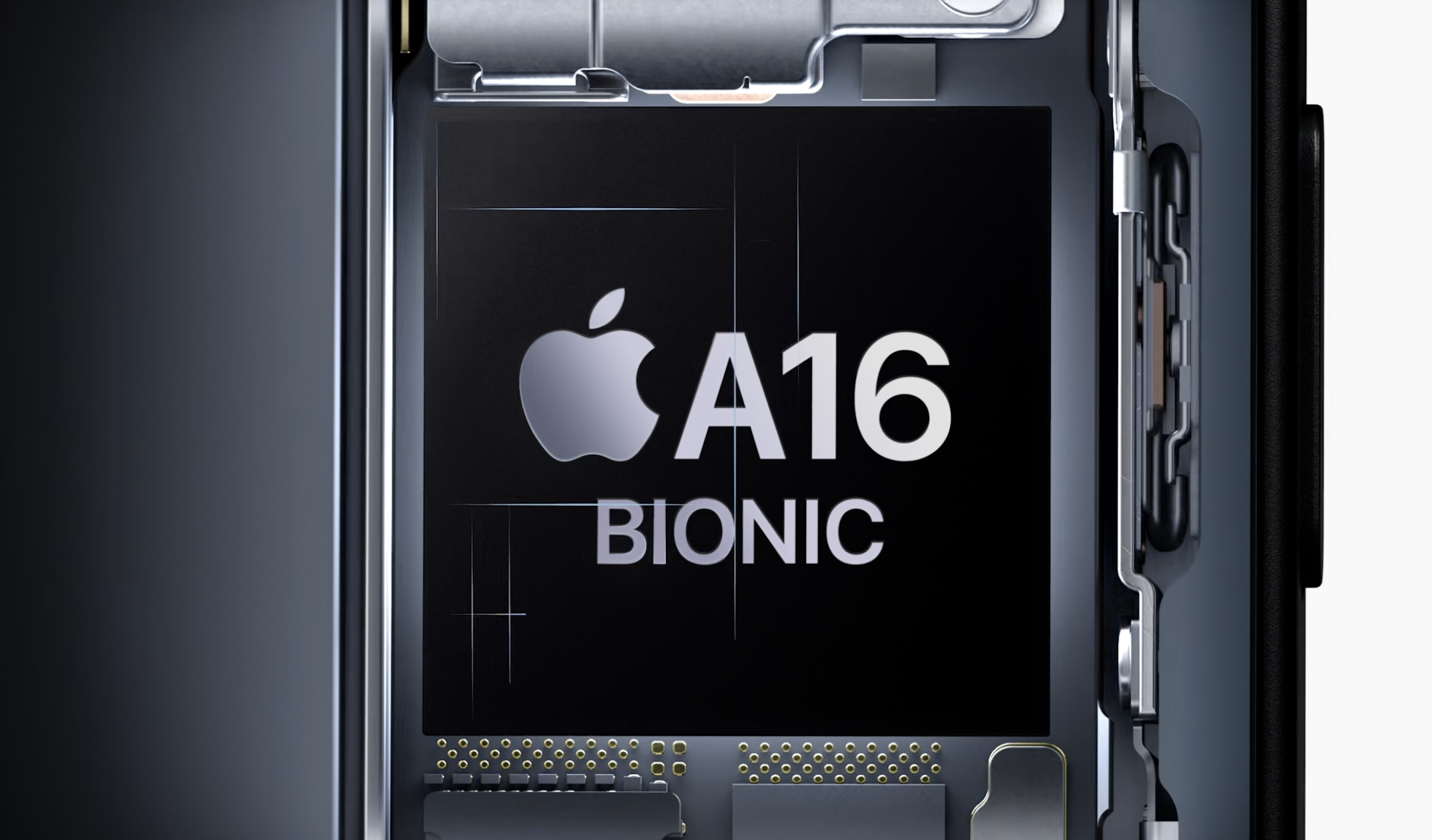Apple's mobile chips are now made in the U.S. — TSMC produces the older A16 Bionic at its Arizona fab
Pipe cleaning on a well-known system-on-chip?

Although TSMC's Fab 21 phase 1 near Phoenix, Arizona, is officially set to start mass production of chips sometime in 2025, the facility is already making processors for the foundry's biggest client, Apple, according to a report by Tim Culpan. This is not surprising, as the contract chipmaker needs to tune its tools on a known system-on-chip to ensure they work as intended.
According to the report, the Apple A16 Bionic application processor is currently made in 'small, but significant, numbers' using TSMC's N4P (4nm-class) process technology at Fab 21 phase 1 stage 1. Using a completed production line to tune equipment on an SoC that has been in production since mid-2022 and is now made in Taiwan with excellent yields makes a lot of sense. Meanwhile, earlier this month, we reported that yields at TSMC's Fab 21 matched yields at TSMC's Taiwanese fabs. That report somewhat corroborates the current report about small-scale production of Apple A16 Bionic at Fab 21.
Apple's A16 Bionic is a fairly complex SoC consisting of 16 billion transistors and packing six general-purpose cores (two high-performance Everest cores and four Sawtooth energy-efficient cores), a five-cluster GPU, a 16 TOPS NPU, and 44 MB of cache in total. The processor has a die size of around 113 mm2 and uses different libraries, so it is hard enough to make—just what TSMC needs to tune equipment at its new fab.
Apple introduced its A16 Bionic processor in September 2022, along with its iPhone 14 Pro. Nowadays, this SoC is used for the iPhone 15 and iPhone 15 Plus, as the iPhone 14 Pro has been discontinued.
The volumes that TSMC produces A16 Bionic are small, so it is unclear whether Apple actually uses them to build smartphones assembled in China and India or stockpiles them to make different products. The company is known for using its smartphone processors in other products, such as tablets, set-top boxes, and even displays, so it will not be surprising if the Apple A16, made in the U.S., will be used for some of these devices.
Get Tom's Hardware's best news and in-depth reviews, straight to your inbox.

Anton Shilov is a contributing writer at Tom’s Hardware. Over the past couple of decades, he has covered everything from CPUs and GPUs to supercomputers and from modern process technologies and latest fab tools to high-tech industry trends.
-
hotaru251 TSMC already stated that the cost of chips in states will be mroe than the cost made in taiwan.Reply
Only question is will the business ordering em cover the difference or will the customer (and we ALL know the answer to that) -
bit_user It occurred to me that AMD's decision to use the N4P node for Zen 5 just might have something to do with this fab. If they lose access to the Taiwan fabs, at least AMD can theoretically continue making Turin chiplets in the USA.Reply
Thoughts, @thestryker ? -
thestryker Reply
This fab is supposed to be only N5 (and it's derivatives) so that may have been the onus behind developing the CCD on both N5 and N3. This would also give them more flexibility in general so there are all sorts of potential benefits.bit_user said:It occurred to me that AMD's decision to use the N4P node for Zen 5 just might have something to do with this fab. If they lose access to the Taiwan fabs, at least AMD can theoretically continue making Turin chiplets in the USA.
Thoughts, @thestryker ?
At the end of the day I think the decision to go with N4P was mostly business driven given the compute advantage they've had over Intel combined with the cost savings. -
thestryker Reply
For these Apple parts they're undoubtedly at the same wafer rate, or even potentially discounted. By discount I mean TSMC would likely be guaranteeing defect rate parity whether or not that's what the fab is delivering. Only TSMC is seeing a benefit from them being produced in this fab so there's no way Apple would pay a premium, especially on an older SoC.JRStern said:Are they priced the same?
Otherwise what @hotaru251 said applies once the fab goes into volume production. -
bit_user Reply
Not necessarily. Perhaps Apple wants to test out the US-based supply chain, in case it becomes necessary to switch over to it. The only way to be sure it's viable is to actually use it, and that assurance would be of value to them.thestryker said:Only TSMC is seeing a benefit from them being produced in this fab so there's no way Apple would pay a premium, especially on an older SoC. -
thestryker Reply
Do they have packaging and everything else required in the US? I know they obviously don't have the advanced packaging, but I was under the impression this was just silicon fabrication (their other US fab I remember about is 200mm). If that's the case it shouldn't be a big deal for Apple as the existing support companies have long since existed there because of Intel.bit_user said:Not necessarily. Perhaps Apple wants to test out the US-based supply chain, in case it becomes necessary to switch over to it. The only way to be sure it's viable is to actually use it, and that assurance would be of value to them.